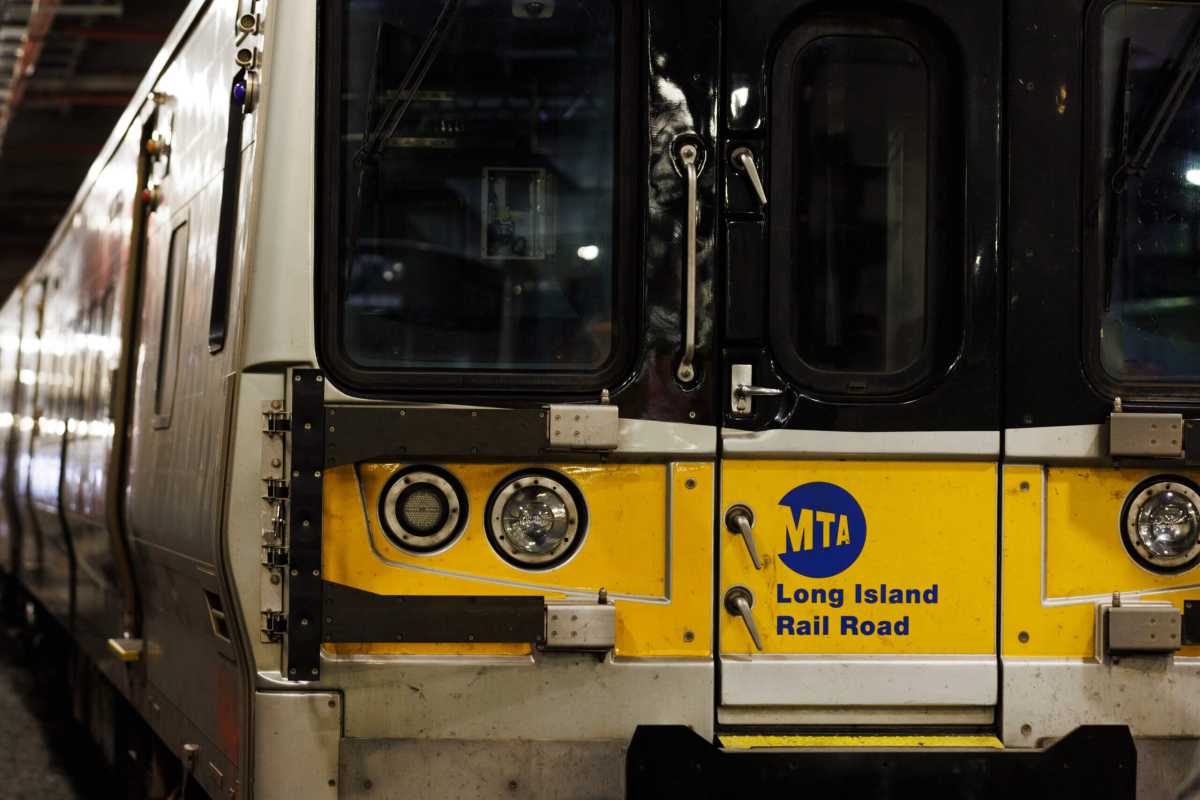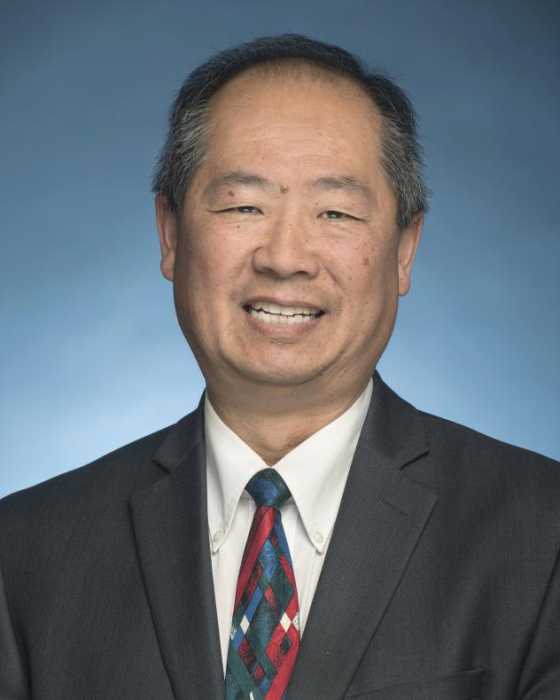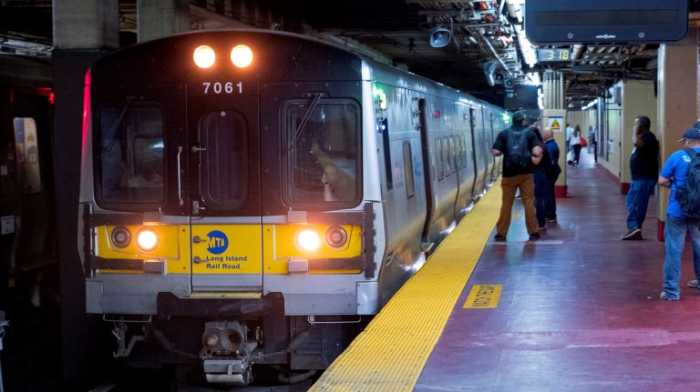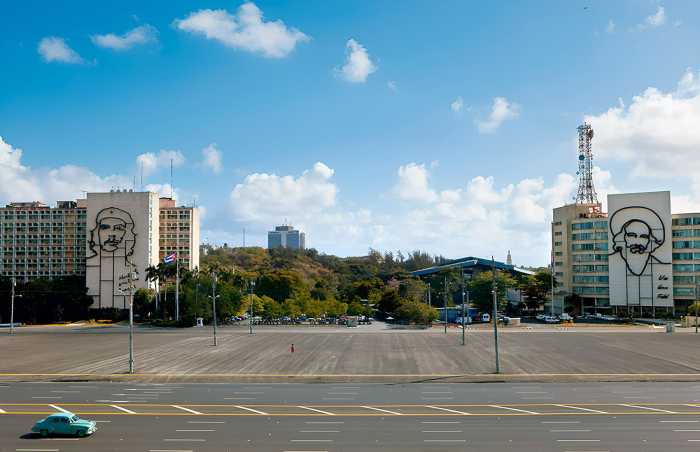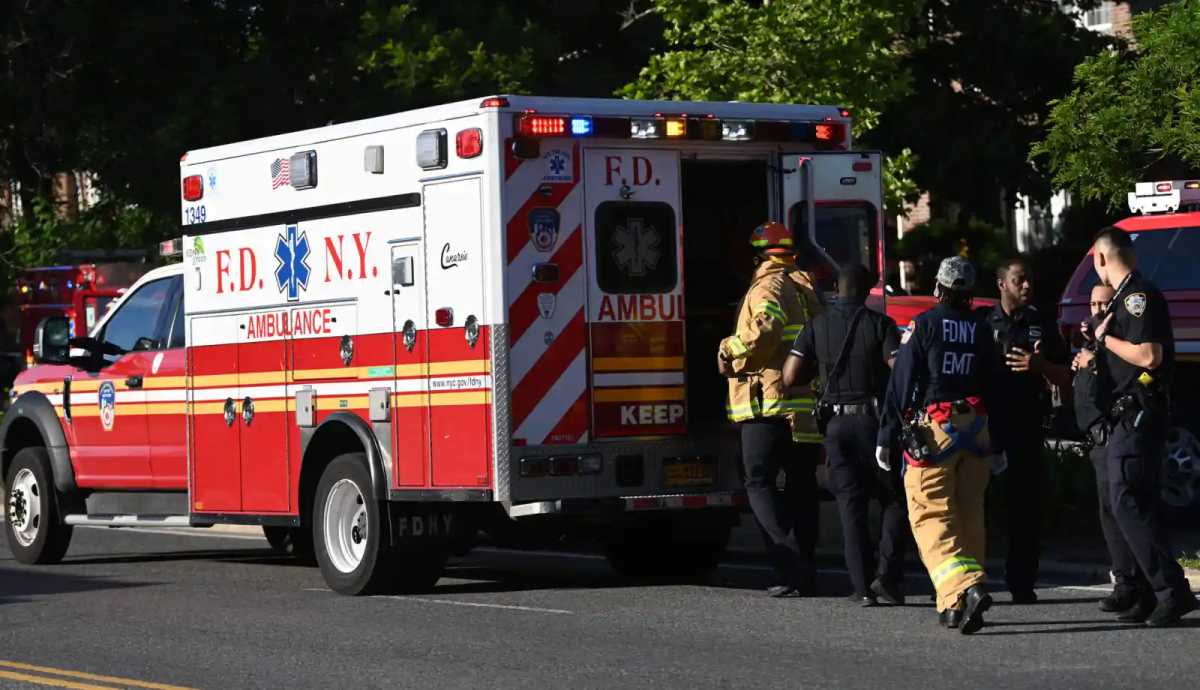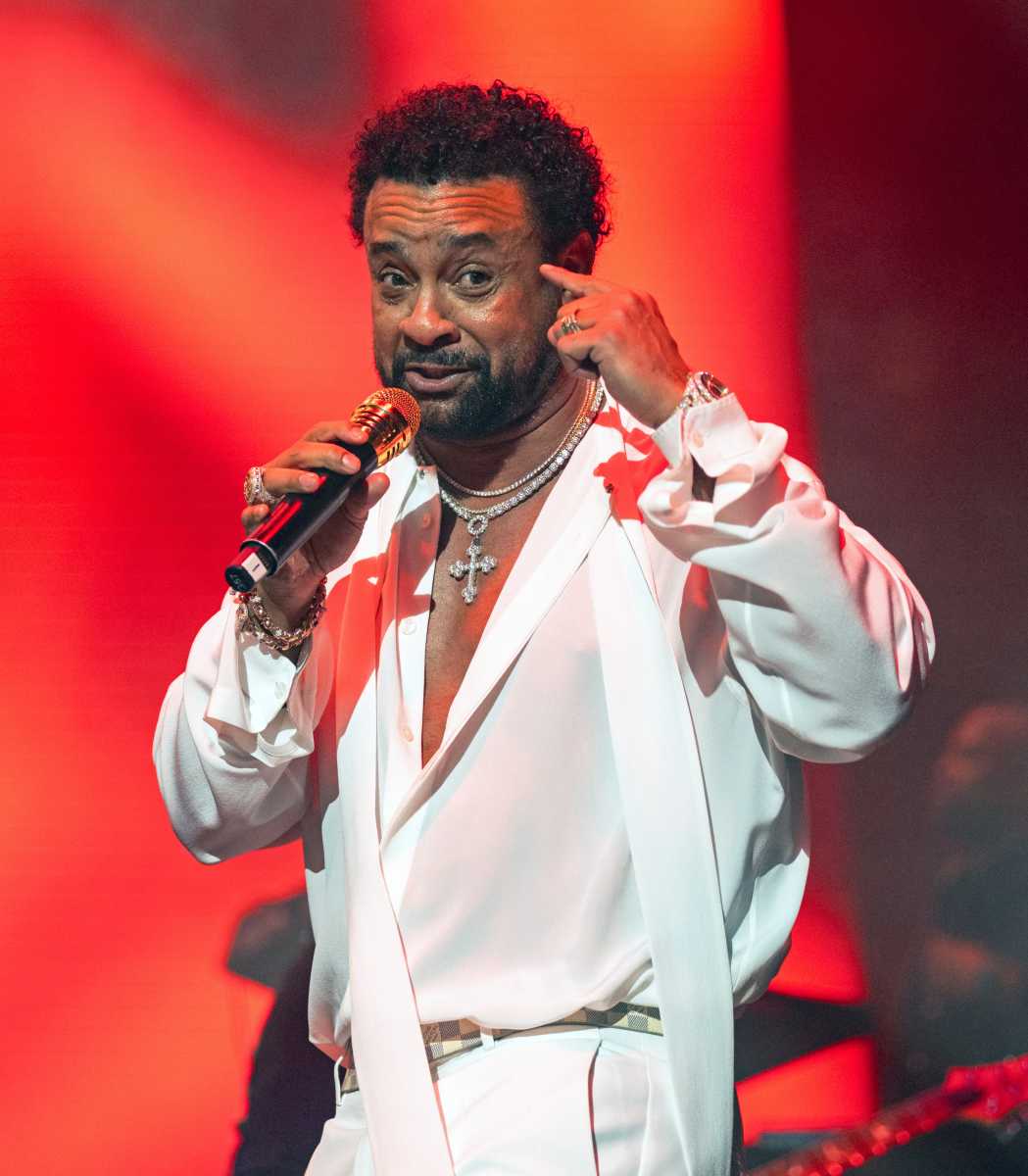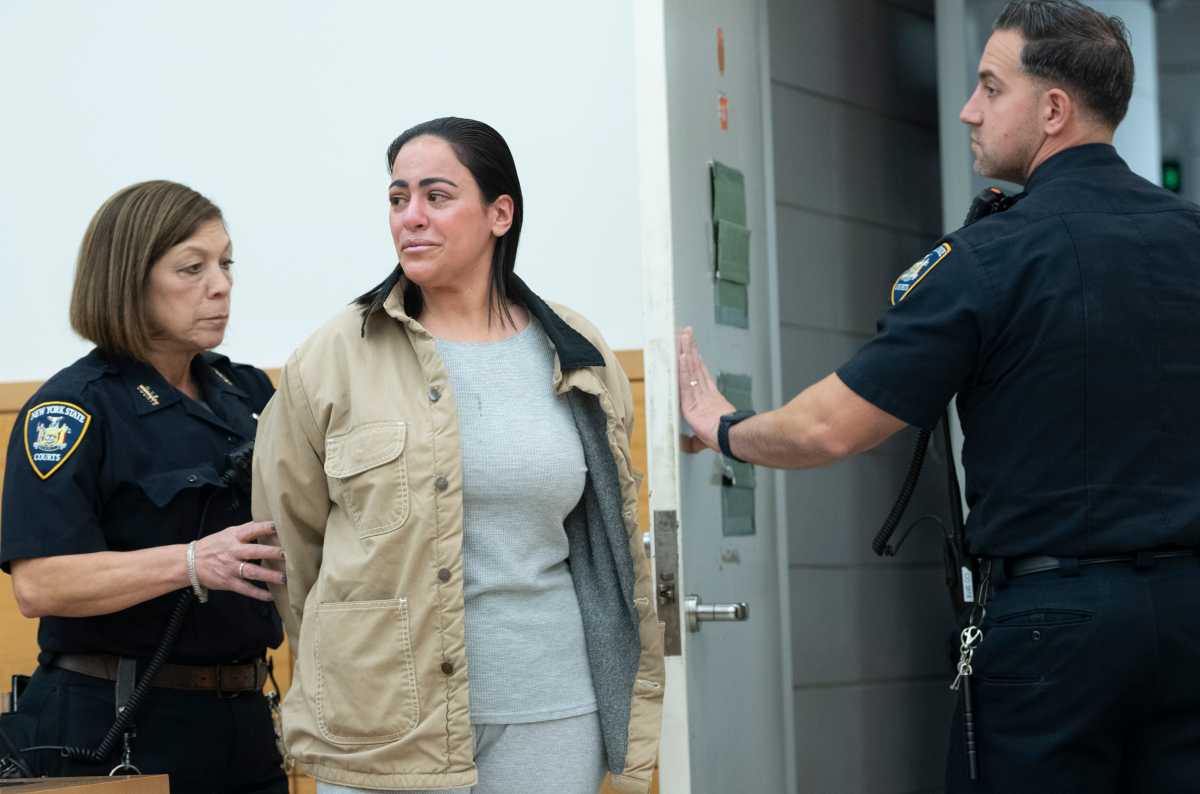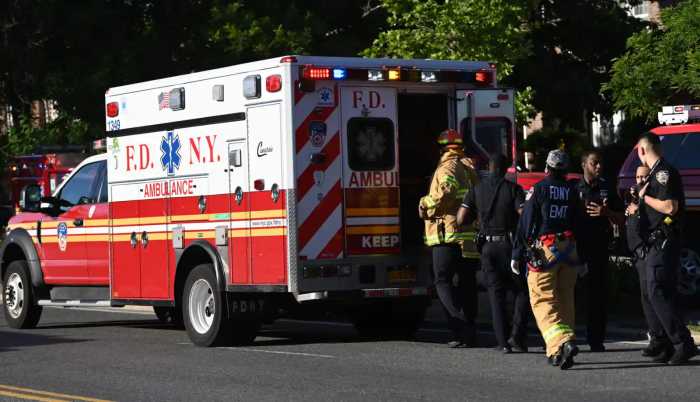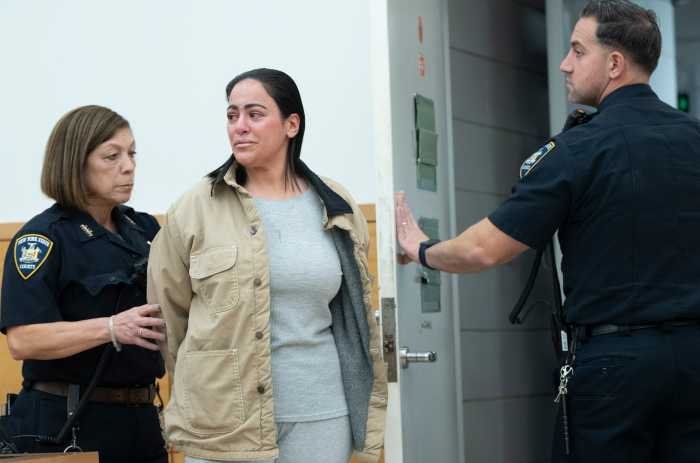The MTA’s two commuter railroads, the Long Island Rail Road and Metro-North, will again be managed separately after 19 months under joint leadership.
Cathy Rinaldi announced Monday that she is stepping down as interim president of the Long Island Rail Road but will remain as head of Metro-North. At the LIRR, Rinaldi will be replaced as acting president by Rob Free, a decades-long employee at the railroad who has served as its senior vice president of operations since 2020, according to his LinkedIn. Free will be transitioning to the new role over the course of the next month.
Rinaldi, who has led Metro-North since 2018, became the interim head of the LIRR last February upon the retirement of Phil Eng, who is now head of Boston’s Massachusetts Bay Transportation Authority.
Rinaldi’s tenure saw the completion of major infrastructure projects, including East Side Access and the third track on the Main Line, and a big bump in train service on the LIRR associated with those. She also oversaw the combination of e-ticketing for the two railroads into a single app, TrainTime, and the launch of the $8 “Combo Ticket” allowing riders to begin trips on one railroad and end on the other.
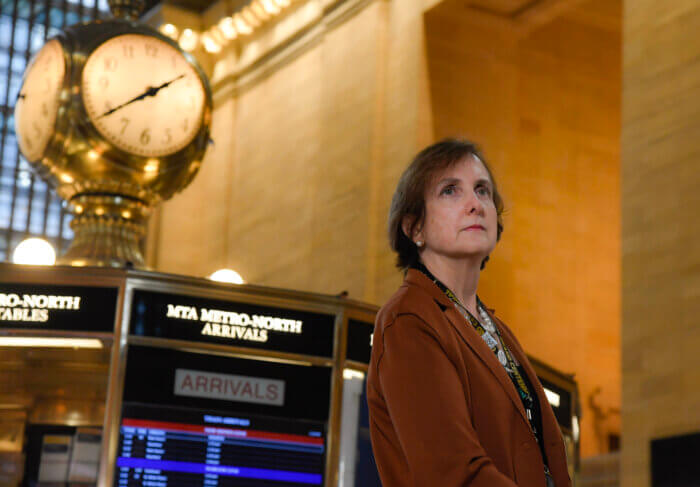
The agency has also identified $100 million in “efficiency” savings required by the recent state budget, Rinaldi said on Monday.
She said that with all that wrapped up, now is the time to take off her double-sided hat and leave her position at the LIRR.
“With these important accomplishments under our belt, it’s a good time to begin the process of my transitioning out of my role as interim president of Long Island Rail Road,” Rinaldi said at the MTA’s joint railroads committee on Monday.
In addition to leading Metro-North, Rinaldi will also continue to advise the MTA on “cross-railroad matters.”
“There are so many commonalities between the railroads and opportunities for the sharing of best practices and procedures,” she said.
Still, Rinaldi faced criticism amid a number of strategic blunders associated with the completion of East Side Access and opening of Grand Central Madison.
The LIRR significantly reconfigured its schedules for the first time in decades upon the opening of Grand Central Madison, but they drew the ire of many commuters.
Those heading into Brooklyn from Long Island could no longer take a direct train and had to make a lengthy transfer at Jamaica to catch a ride to Atlantic Terminal. Trains heading to Penn Station experienced major overcrowding even as others arrived at Grand Central nearly empty.
Under major pressure from riders, the MTA ultimately added more trains heading into Brooklyn from Jamaica. More recently, this month the LIRR tweaked its schedules again and restored some direct service from Long Island to Brooklyn.
Recently, the issues have led elected officials and MTA Board reps from Long Island to call for Rinaldi to step down and a full-time president to again take the reins at the LIRR, focused only on Long Island service. Critics argued that Rinaldi’s split duties had been to blame for not just the issues with the schedules, but also for the loss of popular fare products like the discounted 20-trip ticket and the Atlantic Ticket, which provided a $5 intra-city fare with free transfers to the subway.
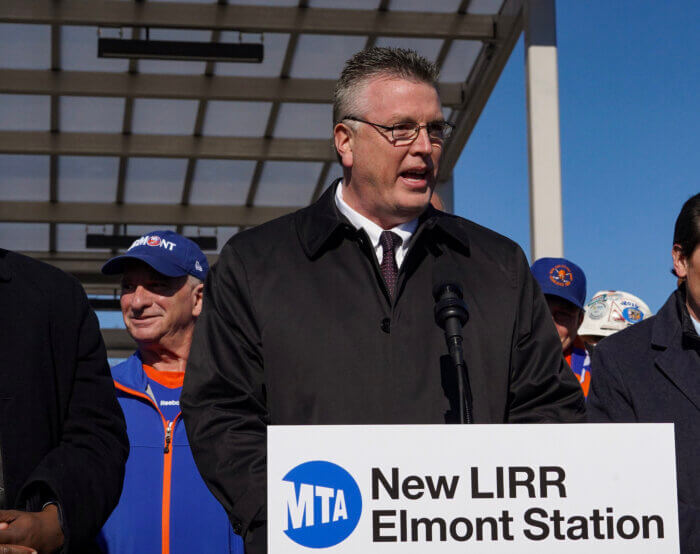
Assemblymember Michaelle Solages — who represents Nassau County and had called on MTA chair Janno Lieber to appoint a dedicated LIRR chief — on Monday thanked Rinaldi for “the many contributions she made during her tenure as interim president” but called on the MTA to name a full-time, permanent president for the LIRR.
“I strongly urge the [MTA] to initiate a thorough and diligent search for a permanent president of the Long Island Rail Road,” said Solages. “We must prioritize finding a leader who not only possesses the necessary expertise, but also understands the unique challenges and needs of our Long Island commuters. We need a dedicated leader who can guide the Long Island Rail Road towards improved communication, enhanced reliability, and a commitment to the highest standards of safety.”
Lieber, for his part, argued that having one president of both railroads minimized conflicts between the two and centralized accountability, helping push forward major projects integrating the railroads like East Side Access and Penn Access, which is scheduled to open in 2027 and will see Metro-North trains routed to Penn Station and the opening of four new stations in the Bronx.
Government watchdogs also saw the benefit of having the railroad presidencies combined. Rachael Fauss, senior policy advisor at Reinvent Albany, said consolidation of the positions had long been a “holy grail” for good government groups seeking a more efficient transit agency. But the notion is a “third rail politically,” she said, as the railroads’ workers are represented by different unions and the agency’s 2019 “reorganization” plan effectively forbade consolidating the departments.
“There is obvious potential for efficiencies and synchronization of MTA operations between LIRR and MNR — this has often been seen as the holy grail of MTA centralization efforts,” said Fauss. “At the same time, it is a third rail politically, because of separate union contracts. Joint leadership of the railroads is one important and easier step toward these efforts.”
Free, who began working at the LIRR as a cleaner, said it’s an “honor” to take the reins at the LIRR.
“It’s an honor to be able to be put in this position,” said Free. “And I just want everyone to know that I will try my hardest to make the best of the railroad and the MTA as a whole.”



